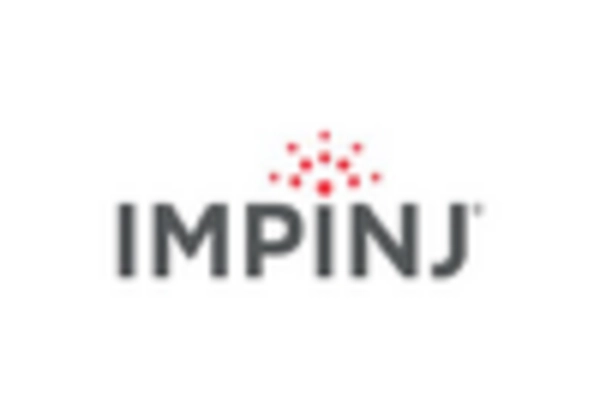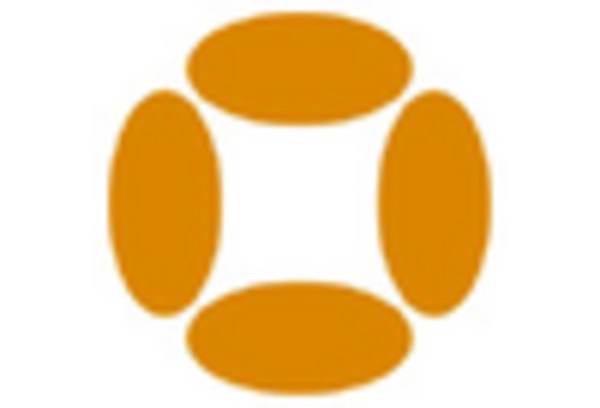Growing Demand for Asset Tracking
The increasing need for efficient asset management is driving the real time-locating-systems market. Organizations across various sectors, including logistics, healthcare, and manufacturing, are seeking solutions to monitor and manage their assets in real-time. In the GCC region, the logistics sector is projected to grow at a CAGR of 7.5% from 2025 to 2030, highlighting the necessity for advanced tracking systems. Real time-locating-systems provide enhanced visibility, reduce operational costs, and improve inventory management. As businesses strive for operational efficiency, the demand for these systems is expected to rise, thereby propelling market growth.
Government Initiatives and Investments
Government initiatives aimed at enhancing infrastructure and technology adoption are fostering growth in the real time-locating-systems market. In the GCC, various governments are investing in smart city projects, which often incorporate real-time locating technologies for improved urban management. For instance, the UAE's Smart Dubai initiative aims to integrate advanced technologies into city planning, potentially increasing the market size by 15% over the next five years. Such investments not only promote the adoption of locating systems but also encourage public-private partnerships, further stimulating market expansion.
Rising Focus on Operational Efficiency
The pursuit of operational efficiency is a key driver for the real time-locating-systems market. Companies are increasingly recognizing the value of real-time data in optimizing processes and reducing waste. In the GCC, sectors such as manufacturing and logistics are particularly focused on enhancing productivity through technology. The implementation of real time-locating-systems can lead to a reduction in operational costs by up to 30%, making them an attractive investment. As organizations strive to remain competitive, the demand for these systems is likely to grow, contributing to market dynamics.
Increased Adoption in Healthcare Sector
The healthcare sector's growing reliance on technology is significantly influencing the real time-locating-systems market. Hospitals and healthcare facilities in the GCC are adopting these systems to improve patient care and asset management. The market for healthcare-related locating systems is expected to expand by 25% by 2028, driven by the need for efficient tracking of medical equipment and personnel. Real time-locating-systems enhance operational workflows, reduce wait times, and improve patient outcomes, making them essential in modern healthcare environments.
Advancements in Wireless Communication Technologies
The evolution of wireless communication technologies is significantly impacting the real time-locating-systems market. Innovations such as 5G and Wi-Fi 6 are enhancing the capabilities of locating systems, allowing for faster data transmission and improved accuracy. In the GCC, the rollout of 5G networks is anticipated to facilitate the deployment of more sophisticated locating systems, with a projected increase in market penetration by 20% by 2027. These advancements enable real-time data processing and seamless integration with existing infrastructure, making them attractive to various industries, including retail and healthcare.

















Leave a Comment